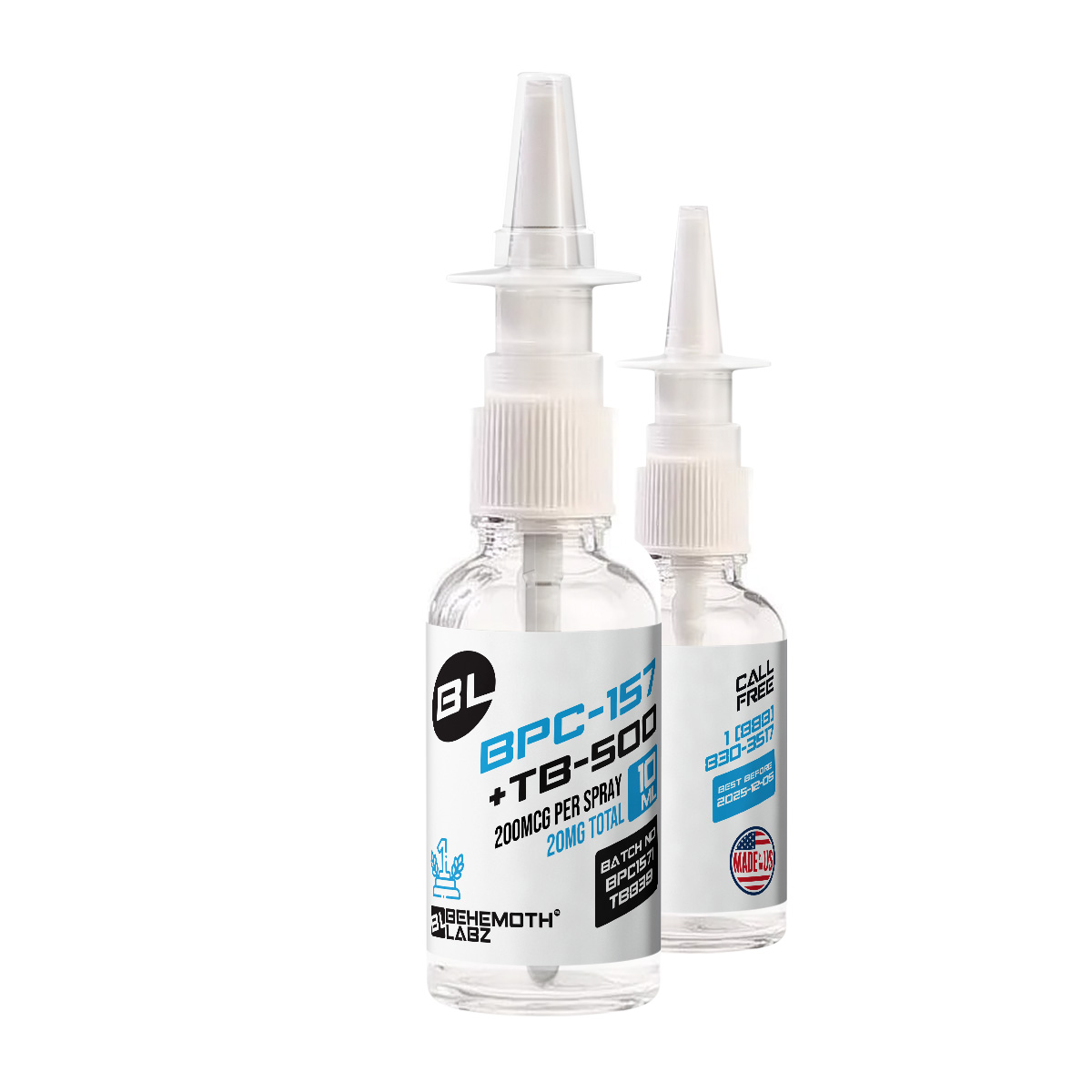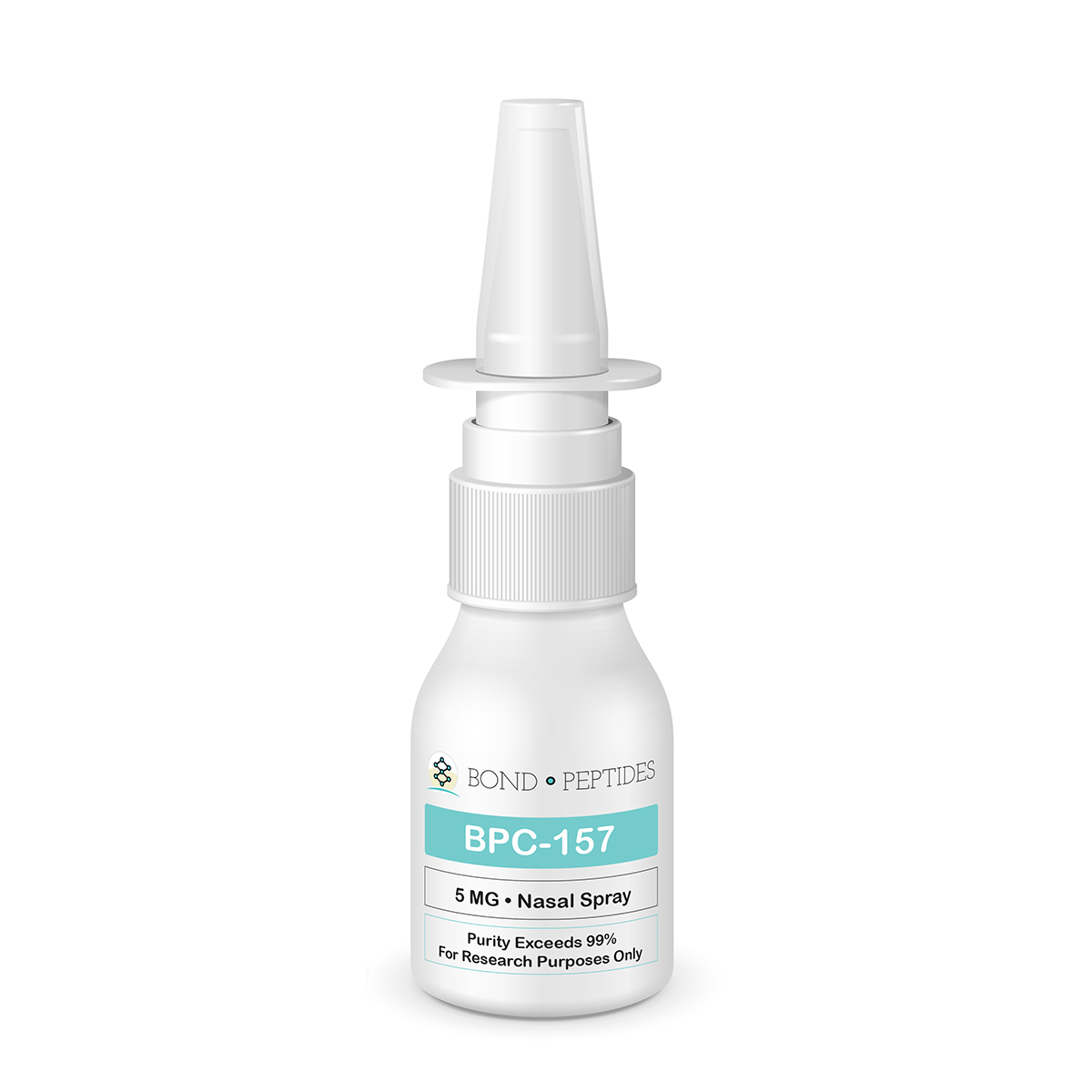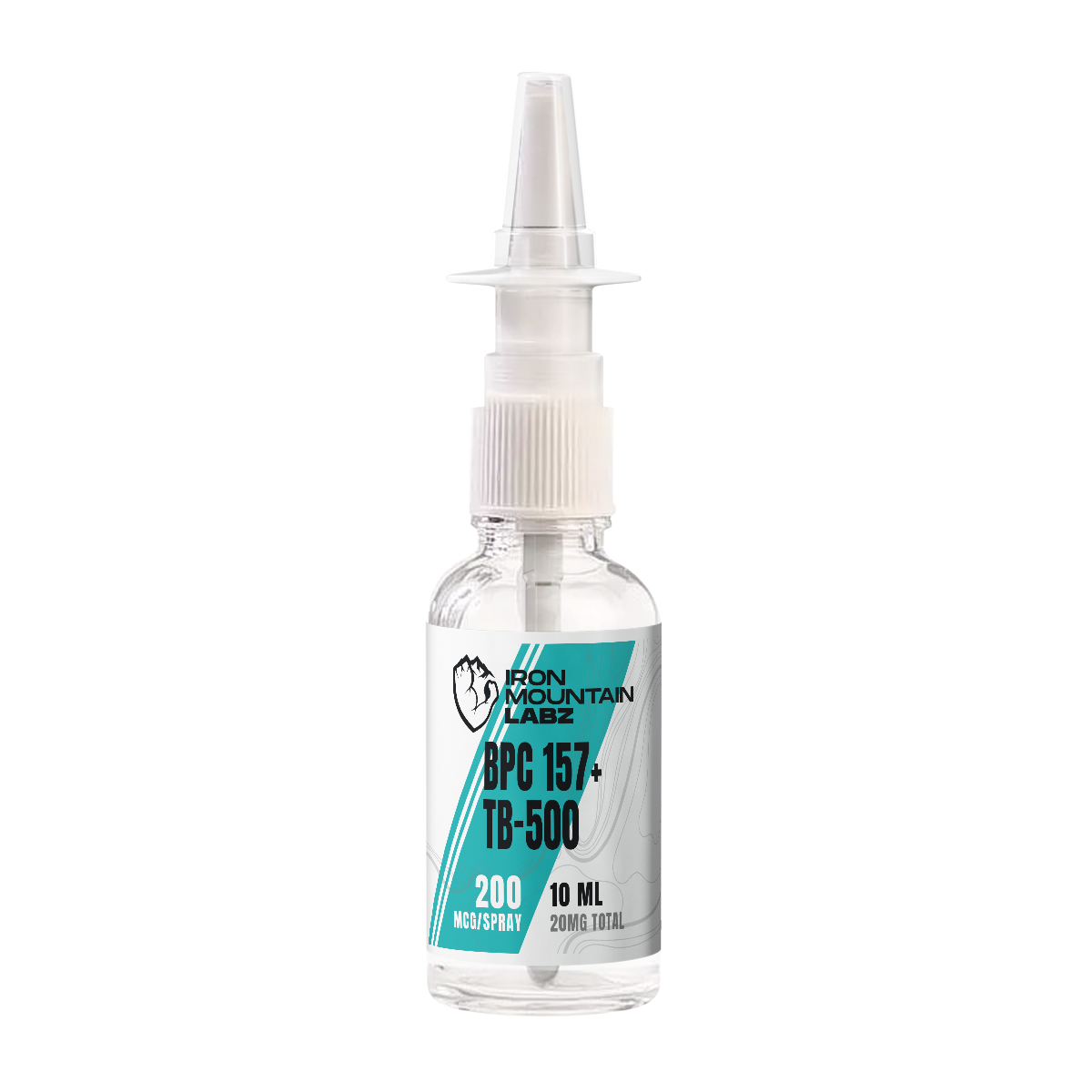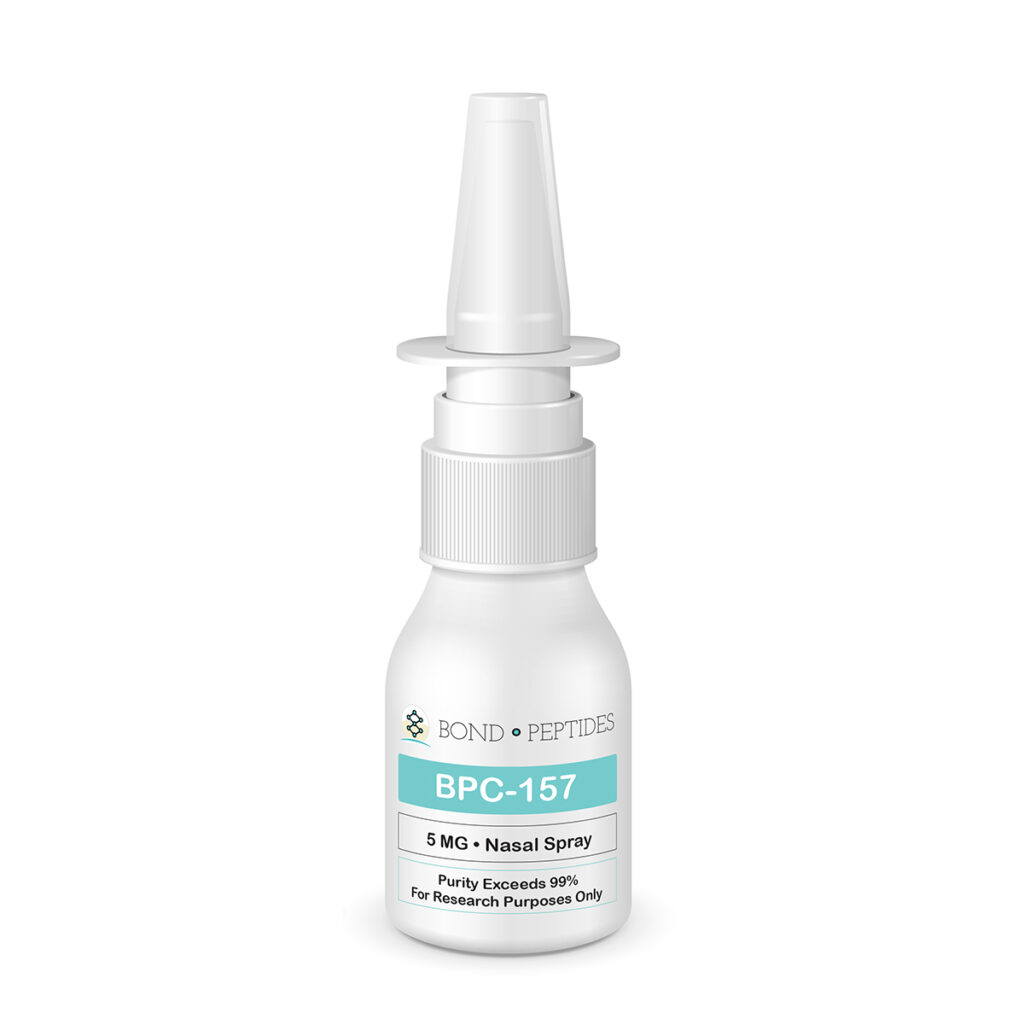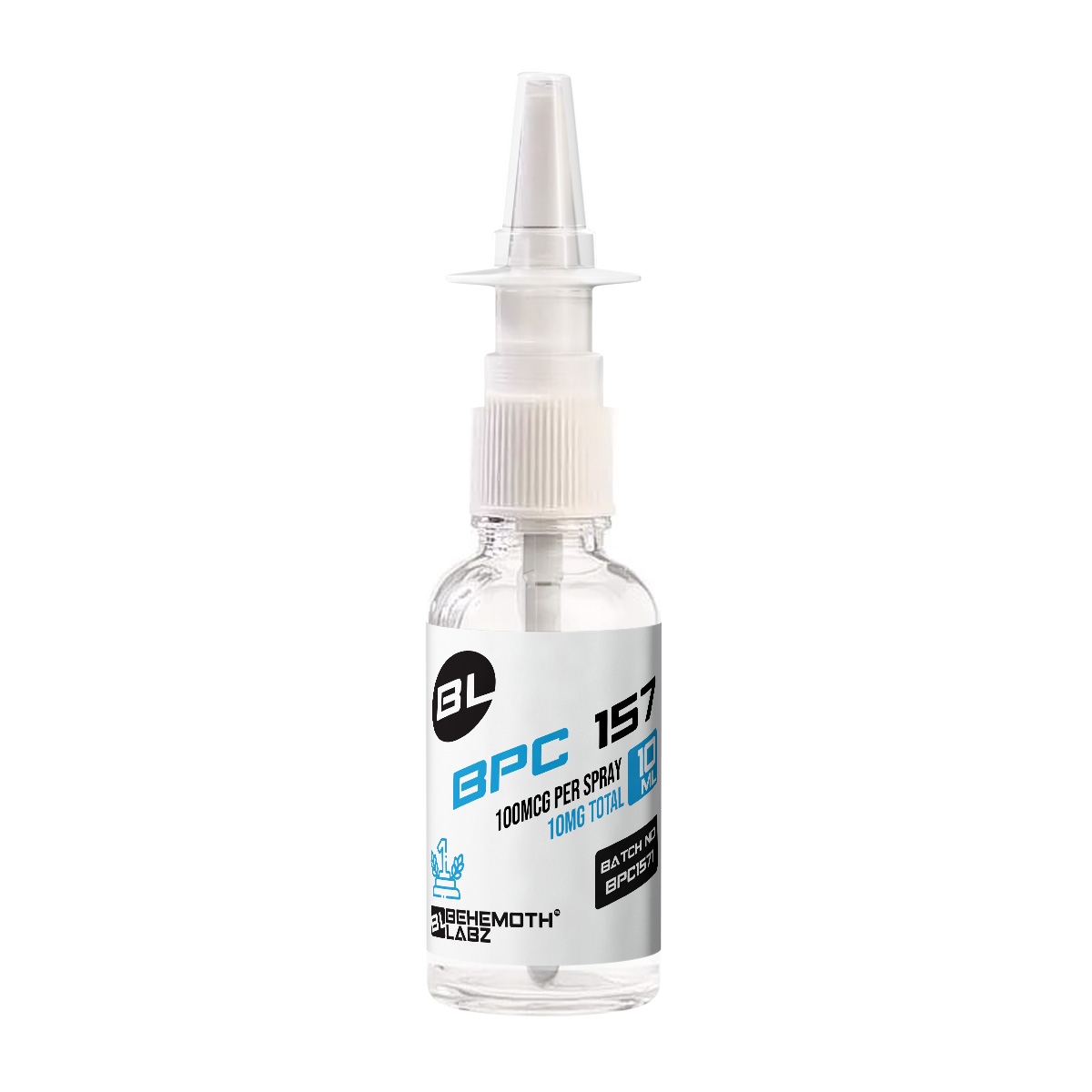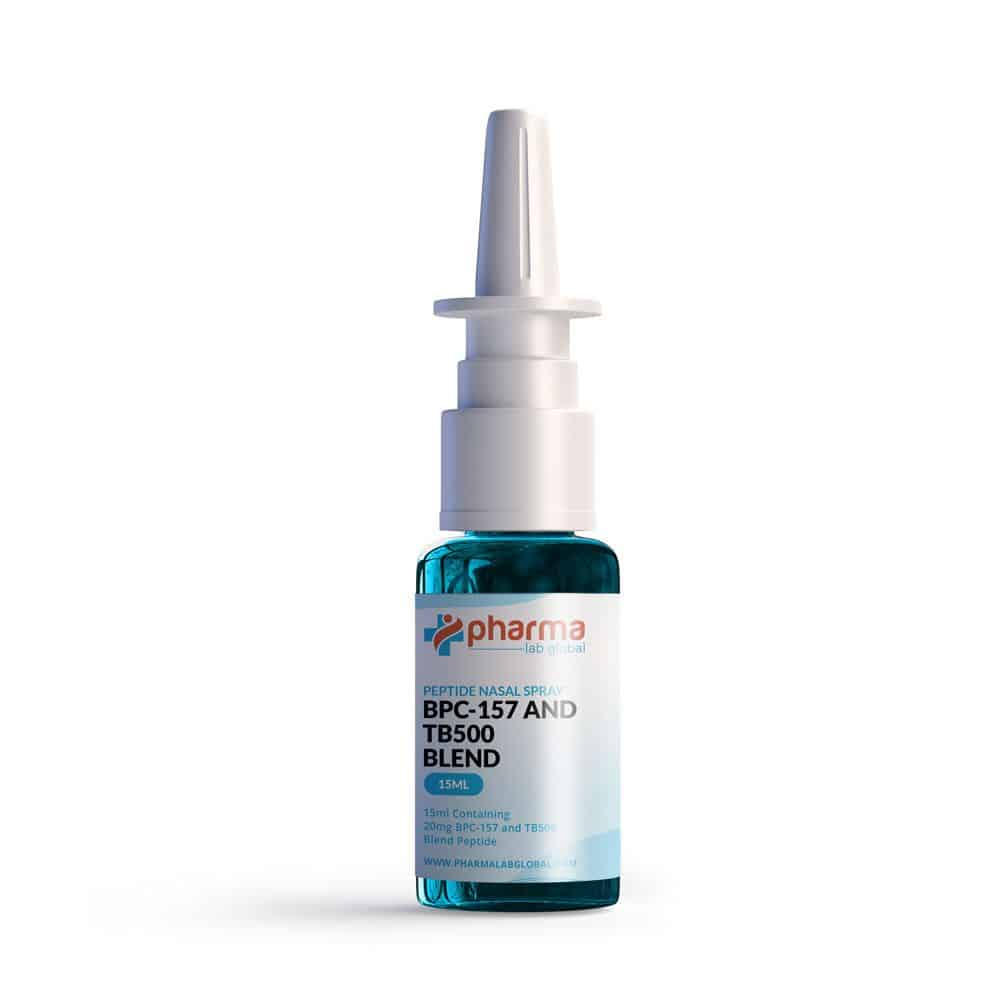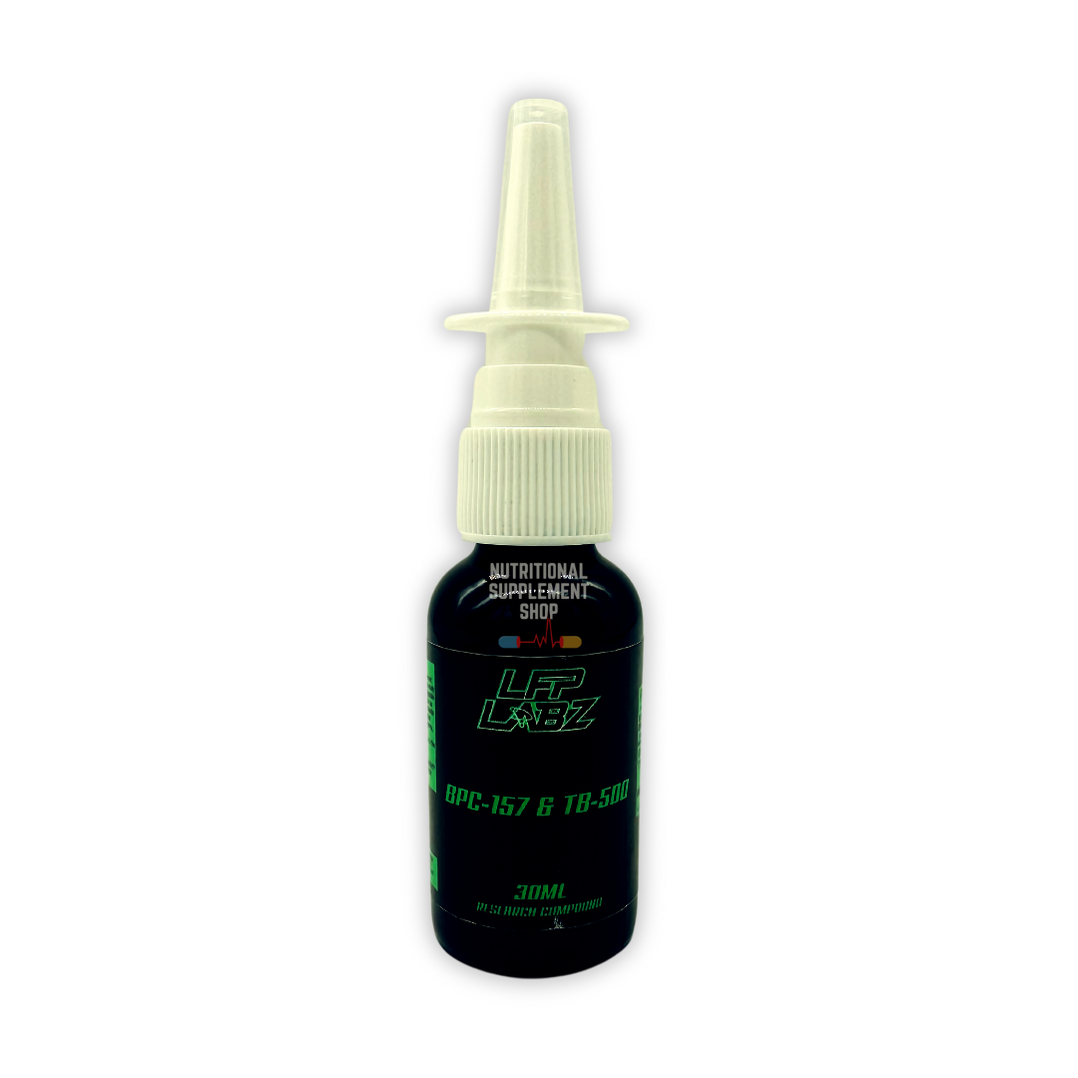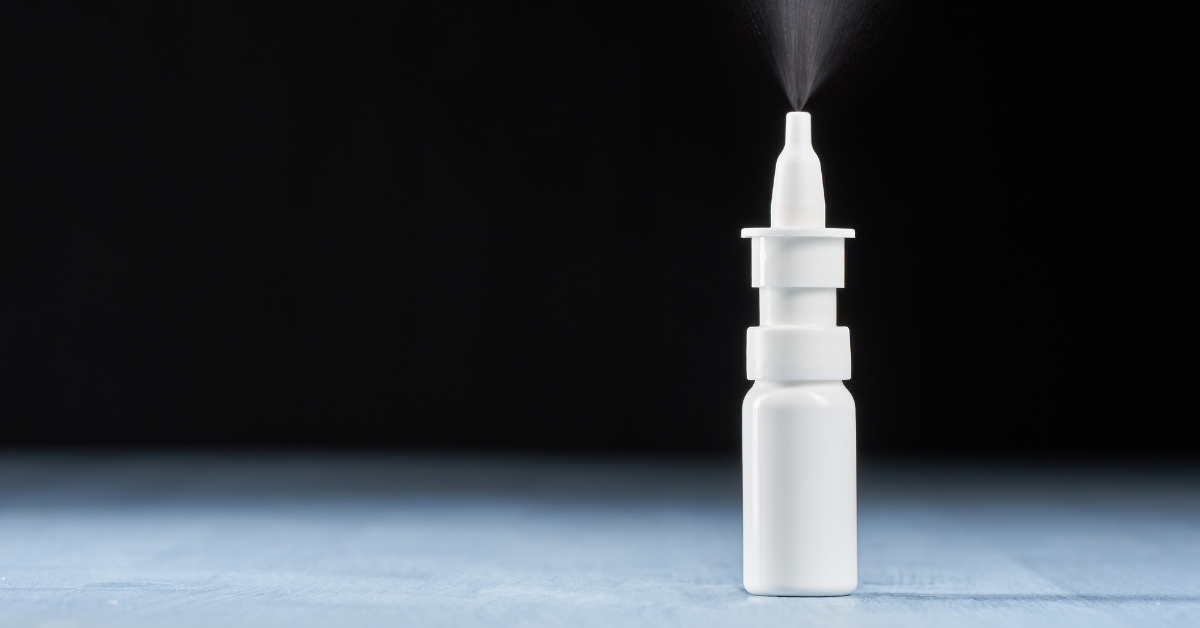Bpc 157 And Tb 500 Nasal Spray

The increasing popularity and accessibility of peptide nasal sprays, particularly those containing BPC-157 and TB-500, are raising concerns among medical professionals and regulatory bodies. These compounds, often marketed for their purported healing and regenerative properties, are readily available online and through some clinics, bypassing traditional regulatory pathways.
This article will explore the current state of BPC-157 and TB-500 nasal sprays, including their purported benefits, potential risks, regulatory status, and the perspectives of experts in the field.
What are BPC-157 and TB-500?
BPC-157, or Body Protection Compound 157, is a synthetic peptide derived from a protein found in gastric juice.
TB-500, a synthetic version of the naturally occurring peptide thymosin beta 4, is often used in equine medicine to promote healing in horses.
While research on these peptides has primarily been conducted in animal models and in vitro studies, anecdotal reports suggest potential benefits in wound healing, inflammation reduction, and tissue regeneration in humans.
The Appeal of Nasal Spray Delivery
The appeal of administering BPC-157 and TB-500 through nasal sprays lies in the potential for rapid absorption and direct delivery to the brain and other tissues.
Advocates claim this method bypasses the digestive system, preventing degradation and maximizing bioavailability, although scientific evidence supporting this claim is limited.
The ease of use and perceived convenience of nasal sprays further contribute to their growing popularity among individuals seeking alternative therapies.
Regulatory Status and Concerns
Currently, BPC-157 and TB-500 are not approved for human use by regulatory agencies such as the U.S. Food and Drug Administration (FDA) or the European Medicines Agency (EMA).
These peptides are often sold as research chemicals or supplements, which are not subject to the same rigorous testing and approval processes as pharmaceutical drugs.
The lack of regulation raises concerns about the quality, purity, and safety of these products, as well as the accuracy of dosage information.
Potential Risks and Side Effects
Due to the limited research in humans, the potential risks and side effects of BPC-157 and TB-500 are not fully understood.
Some reported side effects include injection site pain (when injected, not necessarily with nasal sprays), gastrointestinal issues, and changes in mood.
More serious risks, such as potential interactions with other medications and long-term effects on organ function, require further investigation.
Expert Perspectives
Medical professionals express caution regarding the use of unregulated peptides like BPC-157 and TB-500.
"The lack of robust clinical trials and regulatory oversight makes it difficult to assess the true benefits and risks of these compounds," says Dr. Emily Carter, a leading endocrinologist. "Patients should be wary of unsubstantiated claims and potential dangers."
Pharmacists also raise concerns about the compounding of these peptides, noting the potential for errors and inconsistencies in dosage.
A Word of Caution
The rise of BPC-157 and TB-500 nasal sprays highlights the growing trend of individuals seeking alternative therapies outside of conventional medicine.
While the allure of quick fixes and enhanced healing is understandable, consumers must exercise caution and consult with qualified healthcare professionals before using any unregulated substance.
Further research and regulatory oversight are crucial to ensure the safety and efficacy of these peptides and to protect the public from potential harm.


